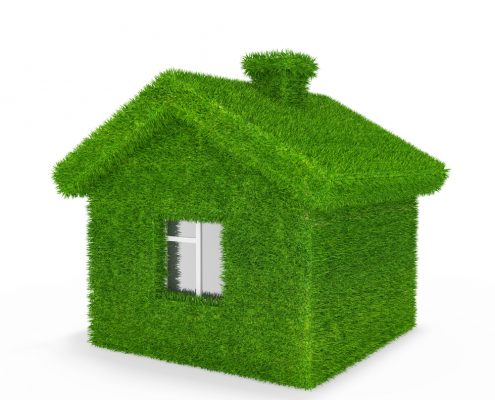All new buildings must comply with the relevant building energy standards part L in UK and Ireland, Part F in Northern Ireland (please follow the links below) This set of standards has been evaluated and improved every few years with the goal of constructing buildings which are as close to carbon zero as possible by 2020. A previous strategy to work towards zero carbon for all new builds by 2016 has proved to be too ambitious.
Government strategy employs a carrot and stick approach to reducing our energy consumption with the ‘stick’ of tightening regulations and the ‘carrot’ of incentives for renewables. As incentives are reduced this leaves ever tighter regulations as the only method to achieve government energy targets. For new builds, extensions and renovations we aim to strike the right balance of compliance, cost effectiveness and future proofing.


